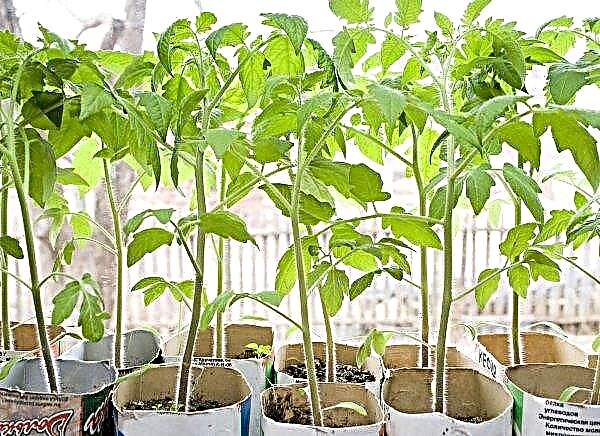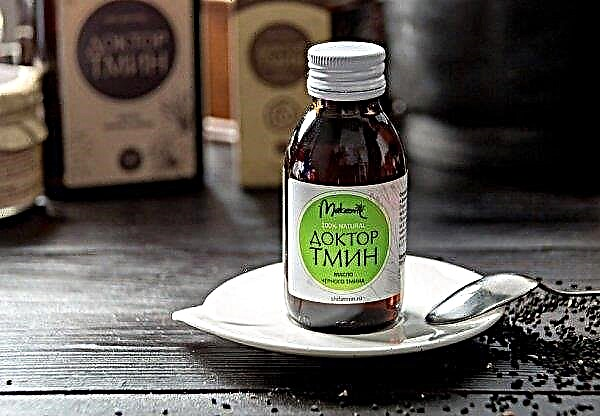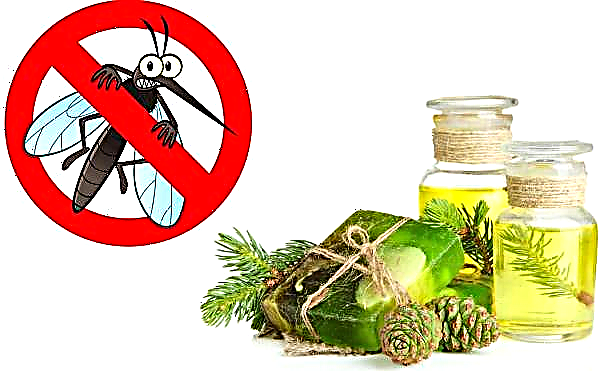In the United States, sales of antibiotics for animal feed production have declined in recent years by 30% (by weight) after an annual increase of 2009-2015.
This is stated in the report published by the Economic Research Service, which is part of the US Department of Agriculture. The report analyzes the trends in sales and development of veterinary antibiotics.
These sales were influenced by the following factors:
- US consumer demand for products grown without any antibiotics has grown, especially for poultry. In 2017, about 44% of broilers in the U.S. were grown without antibiotics, compared with 2.7% in 2012.
- The steady increase in meat production in the US and the EU over the past 20 years, mainly due to growing export demand, especially from Asia, has increased the demand for antibiotic sales in the United States and the EU.
- U.S. restrictions on the use of growth-promoting antibiotics, enacted in 2017, appear to have contributed to lower antibiotic sales, and similar European regulations generally correlate with lower overall antibiotic sales.

The approvals of animal food antibiotics have declined both in quantity and in the percentage of approvals for all pharmaceutical products of animal origin.
This report has collected and analyzed data from various sources, including:
- data on the production and export of meat from different countries;
- antibiotic sales data from both the U.S. Food and Drug Administration Veterinary Center and the European Medicines Agency;
- livestock pharmaceutical industry data for the year;
- reports and industry trading groups, as well as license information for US veterinary biologic products from the US Department of Agriculture Veterinary Biology Center.













